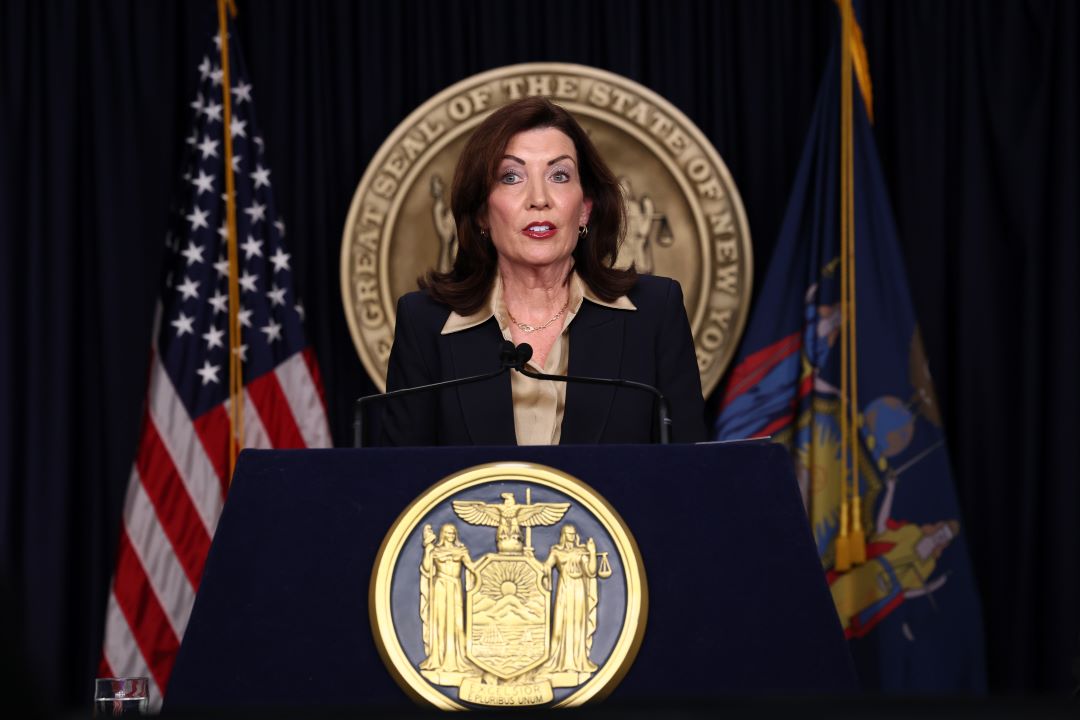As Senate Democrats Try to Vote, the GOP Should Ask: Whither Derivatives?
Senate Democrats are moving toward a vote on Sen. Chris Dodd’s financial-regulation bill without having ever presented a coherent position on the most important piece of financial reform: rules forderivatives.
Derivatives are just financial instruments whose value derives from the value of something else. A “credit default swap” derivative “derives” its value from the perceived creditworthiness of a particular corporate or government entity. The trading value of such a derivative from day to day depends on whether the company or government entity that it “references” seems likely to go bankrupt or not.
Derivatives are vital to the economy. Often, they’re the only way for investors to get certain messages across to the larger marketplace. In 2006 and 2007, withoutderivatives on mortgage bonds, it would have been hard for some sober money managers to signal to markets that the mortgage-finance racket was untenable — an important message! But because they escape the rational rules that underpin all markets,derivatives are also where “too big to fail” currently resides.
There are two things that the government must do in any financial market. When the government does not do those two things, financial firms cannot fail without causing undue harm to the economy. That makes government rescues inevitable, and these rescues — because they require government to act arbitrarily and to pick favorites — erode free-market capitalism.
The two things that the government must do to ensure that free markets govern financial markets are (a) consistently limit borrowing, and (b) require public reporting of the price and volume of financial-instrument transactions. But more than a decade ago, the feds — through the 1999 Gramm-Leach-Bliley Act — actually forbade regulators from imposing these rules on certainderivatives markets. In failing to limit borrowing, the government invited the financial industry to create risks that the economy could not handle.
How? When financiers don’t have to put some real capital — that is, non-borrowed money — behind an investment, they can create something out of nothing. Then, they can keep creating it, until the economy grows to depend on all this ephemera and cannot withstand its evaporation.
Capital is what keeps investments tethered to something that exists in reality. There is only a certain amount of capital in the real world. Capital cannot create itself; it comes into existence through the wealth creation that comes from concrete innovation and efficiencies. If you build a car that can go faster on less gas, you save people time and money — so you create capital. There aren’t any shortcuts.
But because financiers did not have to put consistent capital behind some derivatives promises, they could, for example, in 2006 take a single $38 million bond made up of subprime mortgages, and from it create $280 million in financial risk for the economy, as the Wall Street Journal reported earlier this month.
If the feds had instead required all financial firms, even firms with high credit ratings, to hold consistent capital behind theirderivatives obligations, the insurer AIG, for example, would not have been able to spin out of thin air half a trillion dollars’ worth of potential payouts — a form of borrowing — to its trading partners if mortgage bonds went bust.
Public disclosure, too, is vital, so that markets can see where the risks are. If you can’t see where a risk is, you can’t protect yourself from it.
AIG needed a bailout, then, for two reasons. First, it had made promises that had tenuous connections to the real world, and thus to what the real world could withstand when AIG couldn’t make good on those promises. Second, investors had no way of knowing where the risk was. They couldn’t know if AIG’s bankruptcy would bankrupt Goldman Sachs, and if, then, Goldman Sachs’s bankruptcy would in turn bankrupt someone else.
The lesson here is clear. Require the participants in derivatives markets, including banks and industrial firms, to trade derivatives instruments on exchanges through clearinghouses (thanks, Stephen!). The clearinghouses can require consistent capital, and the exchanges can effect public disclosure.
These rules aren’t sufficient to create a free-market financial system, but they are necessary. No one should get an exemption from them — because the exemption will inevitably attract more risk creation that the economy cannot handle without bailouts. If a financial firm and its customer must create a customized derivative that is so “special” that an exchange would not accept it as a standard financial instrument, sure, the two parties should be able to do the deal — but they should have to hold even more capital behind it.
Congress is nowhere near asserting these principles, nor any other principles. The current Senate draft contains Arkansas Democrat Blanche Lincoln’s provision to force banks to spin off theirderivatives-trading business. This “ban” would only move derivatives even farther away from the regulated banking industry, without eliminating the risk that unlimited borrowing poses to a free market.
Earlier this week, Dodd proposed a two-year ban on Lincoln’s proposed derivatives ban itself, then quickly abandoned the effort, banning his two-year ban on the ban, after the idea garnered criticism from his colleagues and from the financial industry.
Still, almost no one in Washington thinks the Lincoln provision will survive a joint conference with the House, whose bill requires nothing similar. Instead, the House has half-heartedly endorsed some rational derivatives rules, but with plenty of loopholes for big derivatives customers, loopholes that many senators have endorsed, too.
The GOP leadership should reasonably ask: how can the Senate move to close debate on a bill without the majority party having formed even a consistently scrutable position on the locus of “too big to fail”?
This piece originally appeared in National Review Online
This piece originally appeared in National Review Online


